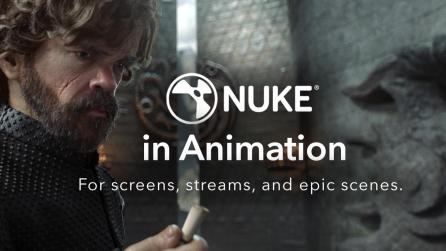DIGIC crafts CG conflict with Nuke in this action-packed animation.
We’ve had the pleasure of featuring DIGIC before. Known for their breath-taking game trailers and cinematics, such as the lauded Assassins Creed: Valhalla launch trailer, the Hungary-based studio has shown no signs of slowing down with its recent release, The Playbook for Tom Clancy’s Rainbow Six Siege.
Based on the 1998 novel Rainbow Six from American author Tom Clancy, the video game franchise has since spawned 21 games spanning a wide range of platforms, whilst also being hugely popular in the Esports space.
At just over three minutes long, The Playbook squeezes action and quality out of every last second. It’s a must-watch CG cinematic from DIGIC, sure to appeal to both fans of the game and casual viewers alike thanks to the level of artistry clearly poured into its creation.
Helping bring this high-octane trailer to life was Foundry’s compositing tool Nuke. Armed and ready, the DIGIC team dove into production, using specific Nuke features and workflows to elevate their CG creation process.
We caught up with the DIGIC team for a deep-dive into exactly what this looked like.
Creative brainstorming, background and brief
Having directed The Playbook and two previous Siege CG trailers for Ubisoft Montreal, Csaba Vicze has unique insight into the background and creative process behind each.
“The first installation followed a short movie-like narrative, where we showed some unseen information, relations and conflicts about two of the operators,” he tells us. “The visual language followed a more traditional cinematography, seen in terms of composition, movement, and lighting.”
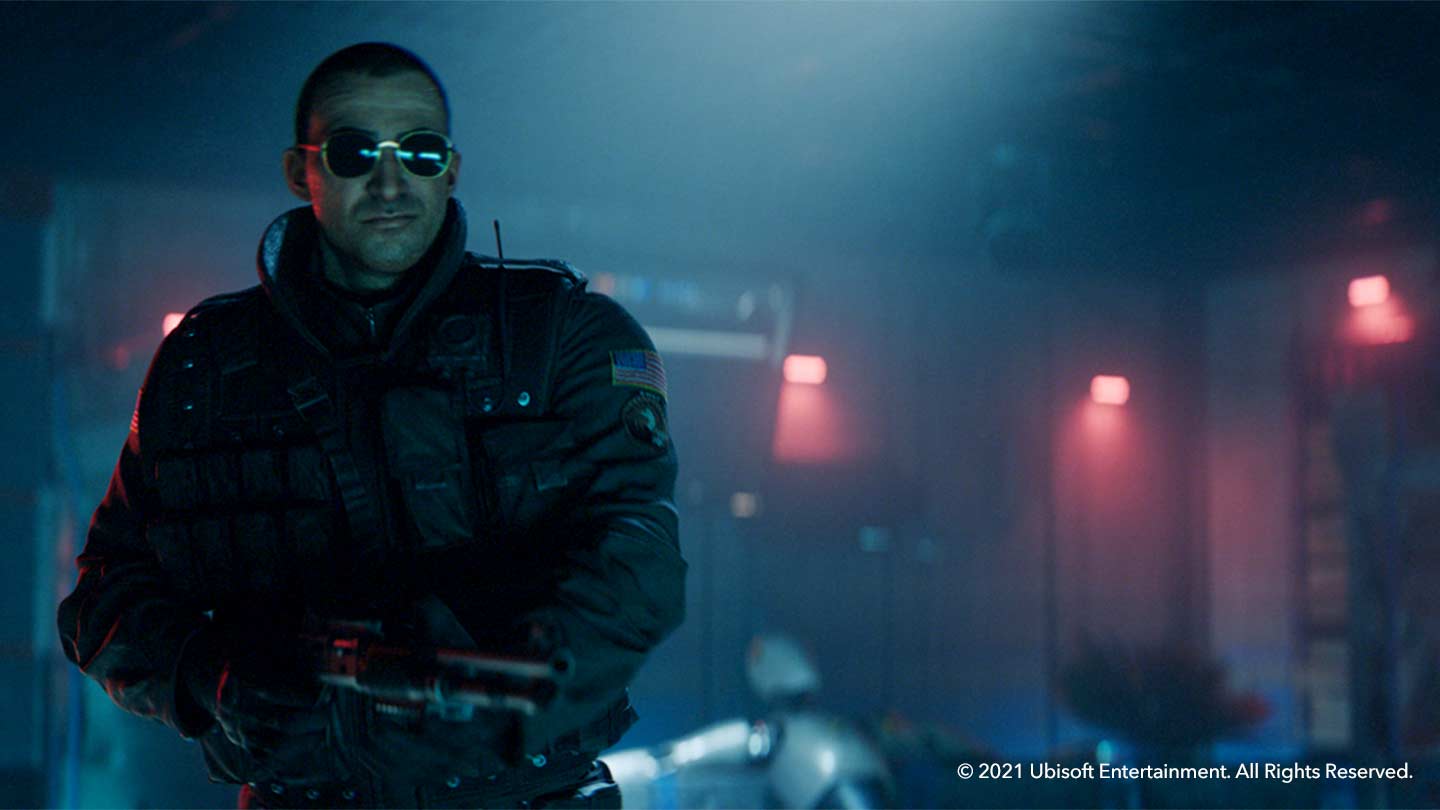
“The second one is where the client wanted to make a big change, since the narrative of Siege had changed. They wanted to make an Esports-focused game out of the franchise, introducing the idea that the players are playing a simulation of a real life scenario. We not only used the virtual camera system for the action scenes, but throughout the whole movie, too. Our goal was to make a mockumentary CG animation in the end.”
Speaking of The Playbook, Csaba continues: “It was a project where we had to merge the mentality of the previous two cinematics. Ubisoft wanted to introduce the Rainbow team as being torn apart by an internal conflict. The main objective was to show a relatable example of a conflict that could happen in-game with the players as well. Would you do anything to win, or would you play as a team?”
“To achieve this, we wanted to keep things action-packed with the extensive use of handhelds and fast-paced editing. As for the lighting, we wanted to make it look as natural as possible. Yet, when it needed colour, we added it to the elements of the set, as well as to the practical lighting of the set.”
As DIGIC’s Division Lead of Lighting and Compositing, Gabor Ambrus worked as a LightComp lead on The Playbook, responsible for designing and overseeing the lighting and composite processes. Asked how The Playbook differed to other projects he and his team have worked on, he’s perfectly placed to provide insight into whether it was more or less challenging.
“In The Playbook project, each sequence had its own unique features that made our lighting and composite work diverse. The trailer takes place in eight locations and each location requires a unique lighting environment. We needed to make sure to keep the unified, neutral character of the film.”
Having worked with Nuke for 8.5 years ever since joining DIGIC, Gabor is no stranger to the tool, and speaks to its use on The Playbook project. “The grading process takes place directly in Nuke, so during composing, the artists, lead, and supervisor see the final picture right away,” he explains.
“We have developed a system for the grading process. This system allows us to easily and quickly integrate the master shot grade into the other shots in the sequence. Moreover, it can follow any further changes. As a result, we were able to quickly iterate grade versions, even for the entire movie. The challenge was to unify the grade of very different sequences in both mood and colour. With the help of our grade system we were able to quickly find the right black levels, contrast ratios, and color schemes.”
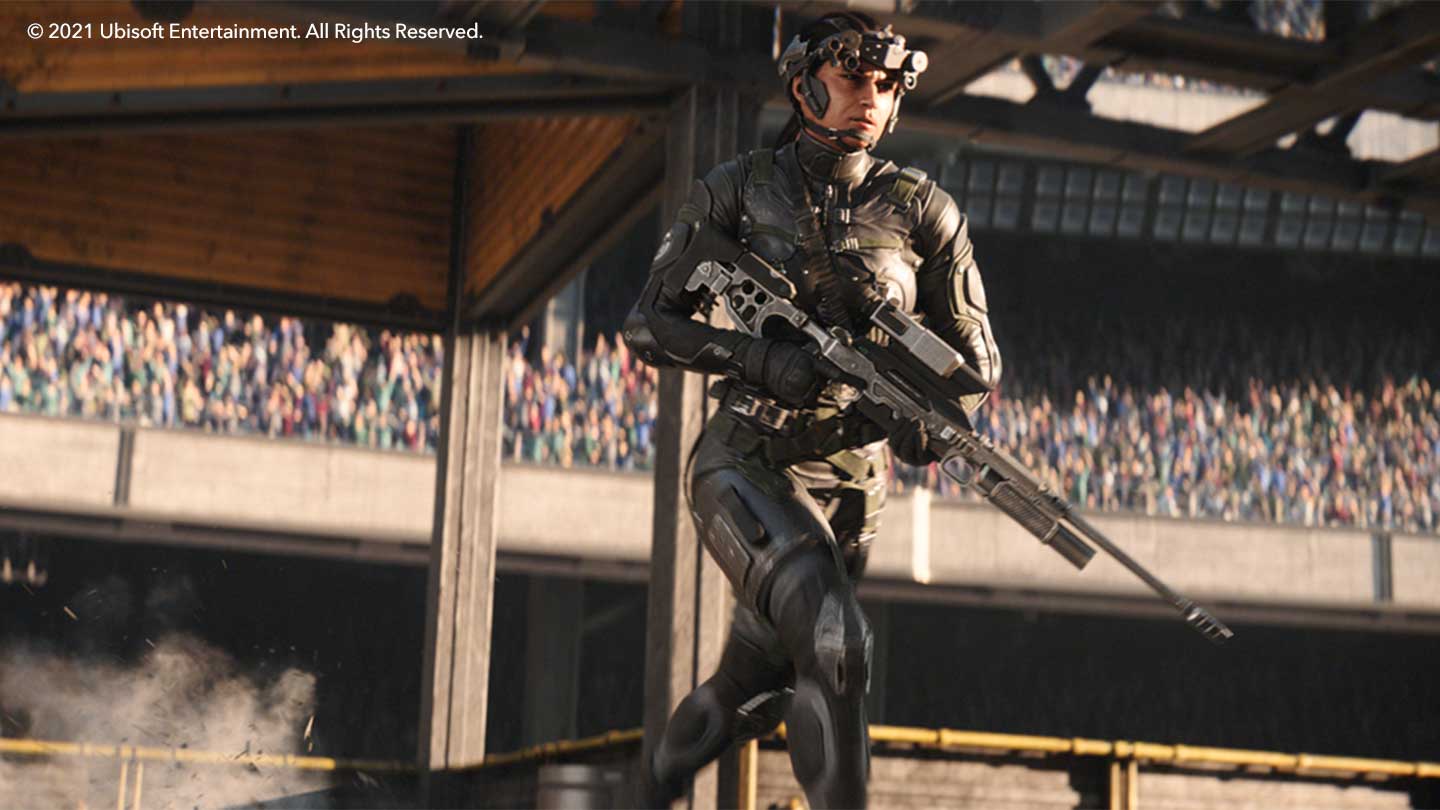
Look development, lighting and compositing on The Playbook
When setting out on CG projects such as The Playbook, DIGIC’s work begins with look development, where the first step consists of gathering cinematic references, concepts and other visual materials that lay the foundation for 3D look development.
“Nuke is already used in this process if we want to grade the references based on our own idea,” Gabor tells us. “During the 3D lookdev, we first determine the main lighting directions, atmosphere and mood, and then we further develop this to reach near-end lighting and composite solutions by the end of the lookdev process, providing a solid basis for the film production phase.”
Diving into Nuke’s use as part of this process, Gabor fleshes out the team’s workflow.
“Using our Nuke template system, we can create consistent and efficient composite scripts in seconds,” he explains. “We are constantly developing our templates, which allows artists to work with the latest technological solutions, however, it is important that the templates remain effective.”
“The project required motion graphics elements in several sequences, which we created in Nuke—for example, the drone HUD, or the contents displayed on the screens in the Monitor Room. For the more than 80 LED walls and other displays in the stadium shots we created a complex system that we integrated into these shots using Live Groups. This way we were able to change which content would run on a display and at what range.”
Introduced in Nuke 11, Live Groups support powerful workflows for teams of artists, allowing them to more easily share work between them and reuse set-ups across multiple shots. Besides these, what other features did Gabor and his team find most useful when working on The Playbook?
“The ability to modify the lighting in Nuke plays a big role in its iteration during the lookdev phase,” Gabor tells us. “With the help of per-light AOVs, we can test different versions in Nuke in a matter of seconds and then trace the changes of the right version back to the 3D lighting. In addition to per-light AOVs, of course we also have generic AOVs and a couple of custom ones. This large number of channels is handled extremely efficiently by Nuke, even if we have many render layers in the scene.
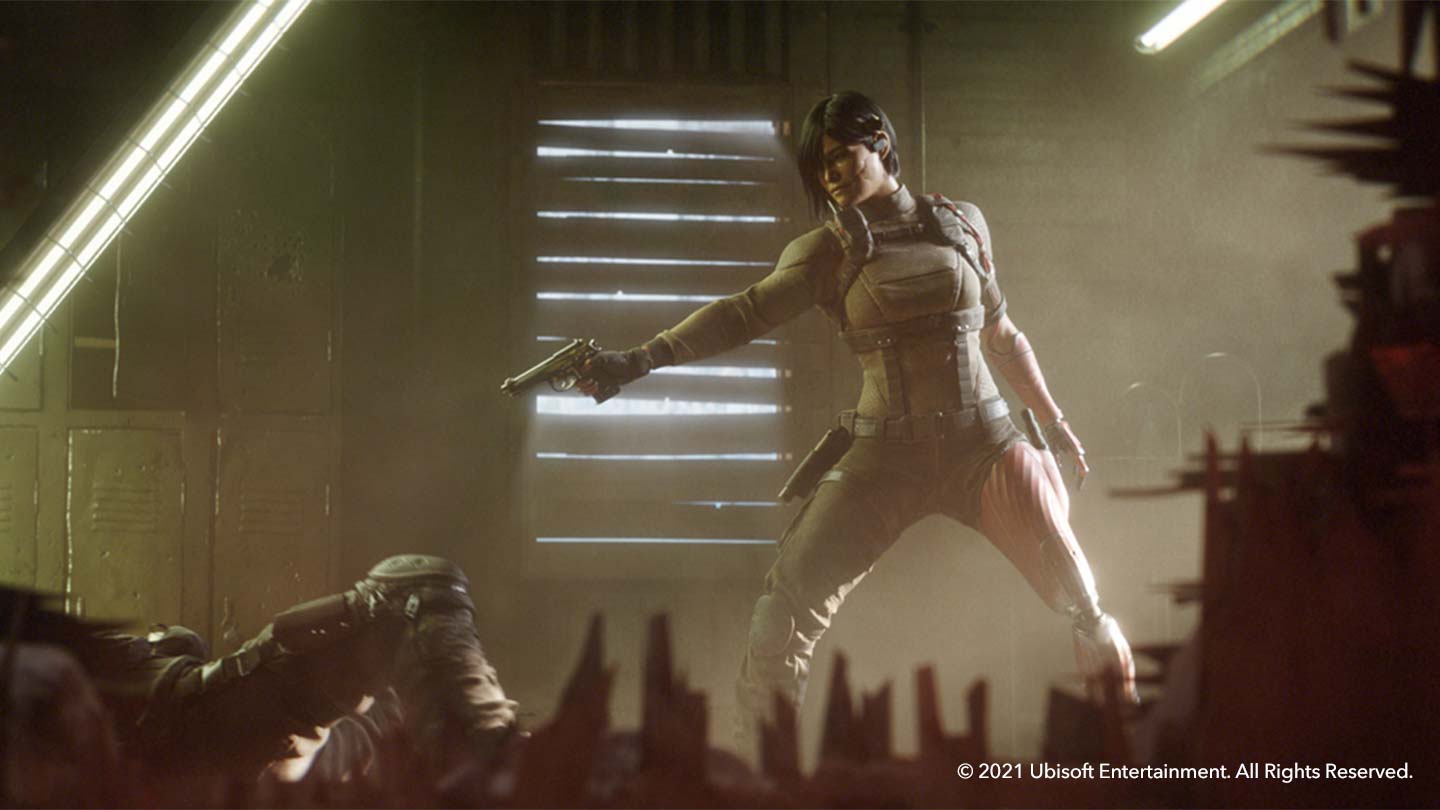
Feedback and corrections are a huge part of the creative process for CG content—something Gabor is all too familiar with. “Towards the end of a production, sometimes the client or the director asks for changes to lighting at the last minute, when we no longer have time to re-render the shots,” he comments. “Such was the request during The Playbook project, when in the Archive Room sequence, the director wanted to see the light effects of the offscreen shooting from the room next to the Archive. This is where the Nuke relight comes into play. With the help of our own Nuke relight gizmo, we were able to solve this efficiently without 3D renders, with minimal time spent working on it.”
Speaking of 3D renders, Gabor continues: “In order to optimize these, we create 1-frame projections, during which we create a high-resolution render of the environment layer on an ideal frame. With the help of a projection template, this is then projected onto a card or to the original geometry (alembic) in Nuke. We can save a considerable amount of render capacity with this solution.”
Charting the course of CG content creation
The results speak for themselves. The team’s hard work, coupled with unmatched technical and creative prowess supported by Nuke, has clearly paid dividends, and The Playbook stands as a shining example of what DIGIC are truly capable of.
As a studio long specializing in animated content, specifically for video games, we were intrigued to glean how exactly DIGIC came to be so successful in this area. Gabor lends his thoughts: “In this industry, it is a fundamental expectation to always adapt to the latest professional trends and to continuously develop the infrastructure required for filmmaking. At DIGIC, we pay attention to keeping up with technical developments, always working with the best software and professionals.”
“Nineteen years ago, we worked with just a few people; today we are more than 400,” he continues. “With the growth of the company and by time, the manufacturing processes have also become much more complex. Overall, the technological developments, the professional team, the developed pipeline and the good relationship established with our customers over many years are the basis of our film production.”
Thanks to DIGIC’s provenance in the industry, the studio has seen its fair share of both challenges and opportunities that come with technological development. Given this, what tech trends are on the horizon that DIGIC is particularly excited by, and how might these support the studio’s workflows and projects?
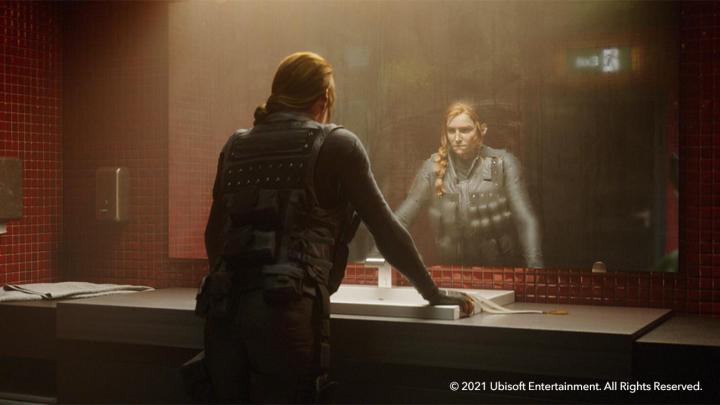
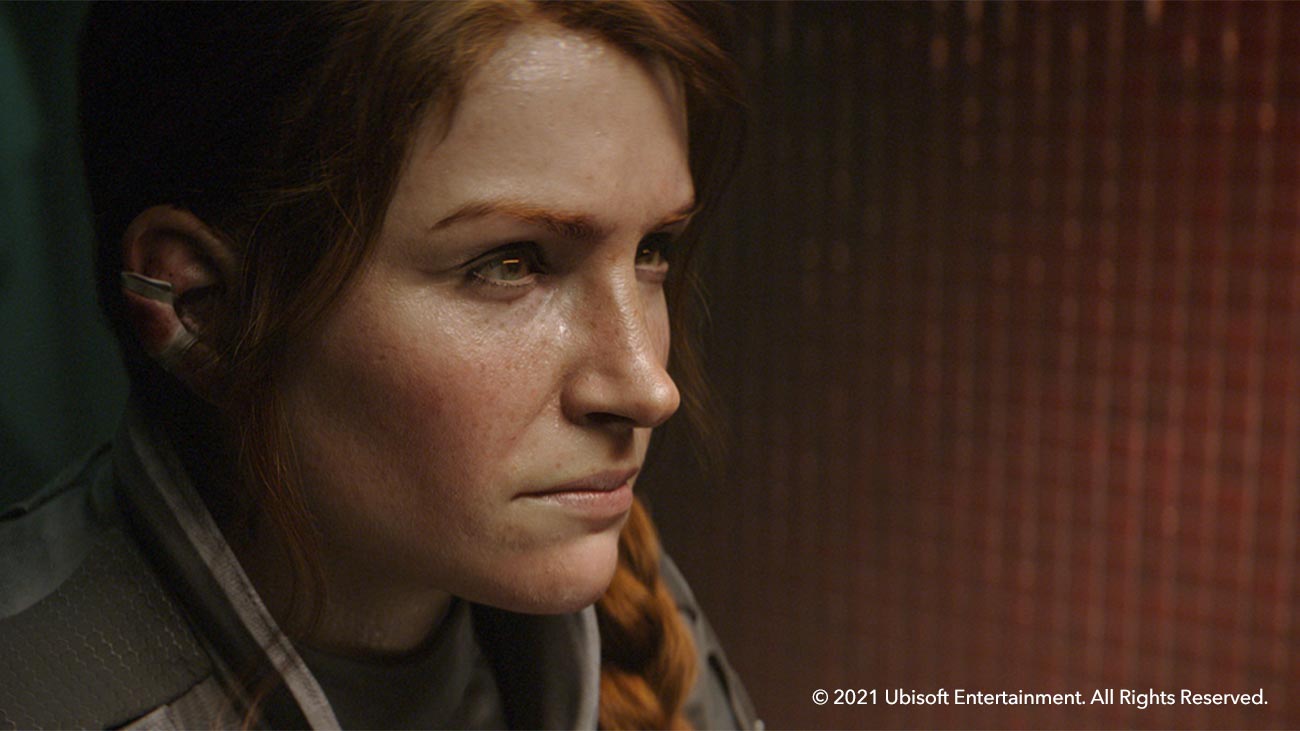
“Real-time technology is evolving tremendously year after year,” Gabor tells us. “It’s used in more and more areas. With the development of software and hardware, the opportunity opens up to segments where offline rendering can already be replaced by real-time rendering.”
“Machine learning is rapidly evolving and spreading,” he continues. “It carries plenty of opportunities that can be exploited in animation projects as well. From motion capture to upscale, there are countless areas where it can be of great help to artists. There are new solutions coming up almost every week, where they can achieve spectacular results by the opportunities offered by machine learning.”
Speaking of solutions, recently-released Nuke 13 saw the introduction of a new machine learning toolset and CopyCat, a node that allows artists to train neural networks to create effects that can then be applied to a specific shot, a sequence, or potentially an entire show. Its aim is to save artists time, removing the burden of repeatable tasks while also ensuring they have the creative freedom to perfect their shot.
It's features and workflows like this that allow studios like DIGIC to do what they do best: create stunning animated content for scenes, screens and streams across the globe.


